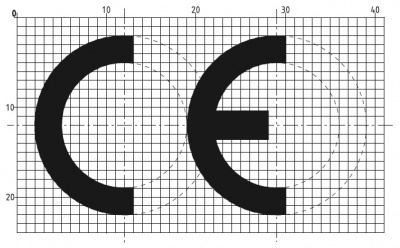Difference between revisions of "CE marking"
| Line 18: | Line 18: | ||
==External links== | ==External links== | ||
*[https://ec.europa.eu/growth/tools-databases/nando/ European Commission, Enterprise and Industry, Nando] | *[https://ec.europa.eu/growth/tools-databases/nando/ European Commission, Enterprise and Industry, Nando] | ||
| − | *[ | + | *[https://www.eota.eu European Organisation for Technical Approvals (EOTA)]. |
[[Category:Fabrication]] | [[Category:Fabrication]] | ||
[[Category:Index of main articles]] | [[Category:Index of main articles]] | ||
Latest revision as of 08:11, 14 September 2021
CE marking for all construction products, covered by a harmonised European standard or conforming to a European Technical Assessment became mandatory in the European Union (EU) on 1 July 2013. For fabricated structural steelwork, CE marking became mandatory in the EU on 1 July 2014. This represented a major development for engineers, contractors and steelwork specialists and demanded careful attention to the new obligations imposed by the EU Construction Products Regulation[1], which was the legal basis for the new regime.
CE marking is now familiar to most construction professionals and continues for products placed on the EU market, which includes the Republic of Ireland. However, now that the United Kingdom (UK) of Great Britain (GB) and Northern Ireland (NI) has left the EU a new system of UK Conformity Assessed marking (UKCA marking) has been introduced.
[top]References
- ↑ Construction Products Regulation (EU) No. 305/2011 of the European Parliament and of the Council of 9 March 2011, Official Journal of the European Union L88/5 4.4.2011




